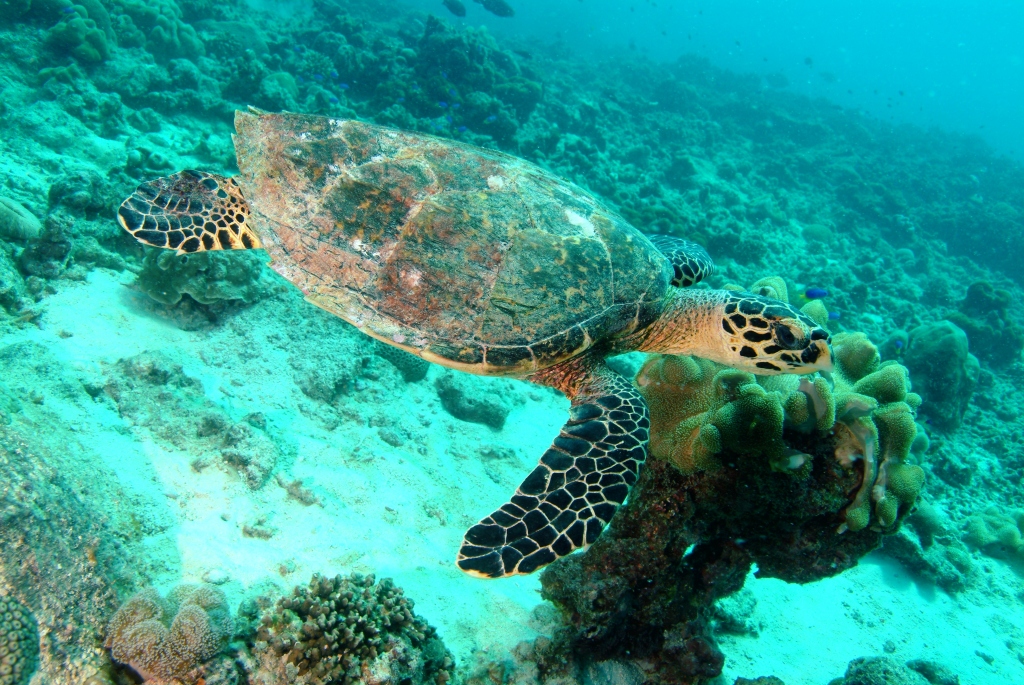The Indian Ocean comprises about 20% of all the water on the Earth. It is the third largest ocean. The Northern border is Asia, the Western border is Africa, and the Southern border is the Southern Ocean. Some consider Antarctica the southern border. Australia forms the eastern edge of the ocean. Western and southern Australia have coastlines on the Indian Ocean.
Marine Life
The Indian Ocean is of vital importance to the economies and diets of the countries that border it. If you live along the coast of the Indian Ocean, you will find that the water is typically very warm. This warm temperature keeps plankton from reproducing very efficiently. Therefore, life in the ocean is somewhat limited because the plankton-eating animals do not have as much to eat. Since it contains less fish than other oceans, fishing is limited to subsistence fishing. This means that many local and private fishermen fish the waters instead of the massive international corporate conglomerates.
Some of the larger species of animals are endangered. Dugongs, whales, turtles, and seals are all endangered.
Osborne Park
Osborne Park in Western Australia is along the coast of the Indian Ocean. It is considered a suburb of Perth. The city was named for a butcher named William Osborne. Osborne was a member of the Perth Road board which eventually became the actual government of Osborne Park.
Originally, it was comprised of mostly market gardens, because of its location adjacent to swamps. The swamps provide peat-rich soil which is ideal for growing crops. Chinese, Yugoslav, and Italian settlers were originally drawn to the city. As recently as the 1980s, it was mostly an industrial region.
Today, it has changed. Many businesses remain in the city. However, shopping has grown in the area. Oswald Homes is one such business in Osborne Park. They specialise in creating custom homes that will get you into a house you love.
Climate
Perth and surrounding areas such as Osborne Park are very wet cities by Australian standards. The rainfall is highly seasonal. The summer is usually very dry and very hot. It lasts from December through March. February is typically the hottest month. The winters are very wet and relatively mild. This means the area is typical of the Mediterranean Climate. It is, however, sunnier than most other Mediterranean climates. It receives almost nine daily hours of sunshine. That amounts to about 140 sunny days per year.
In the summer, small cold fronts typically move in and bring with them quick thunderstorms. Occasionally, cyclones can hit, but they are usually decaying by the time they get to Perth. The temperature in the area can get to be very hot. The hottest recorded temperature was 46.7 degrees Celsius. However, the very hot temperatures are moderated by the wind from the southwest that brings the temperature down below 30 degrees Celsius. This wind is called the Fremantle Doctor.
If you are already in the greater Perth area or if you are looking to move, life on the Indian Ocean can be quite pleasant. The winters are mild, and the summers are warm.

